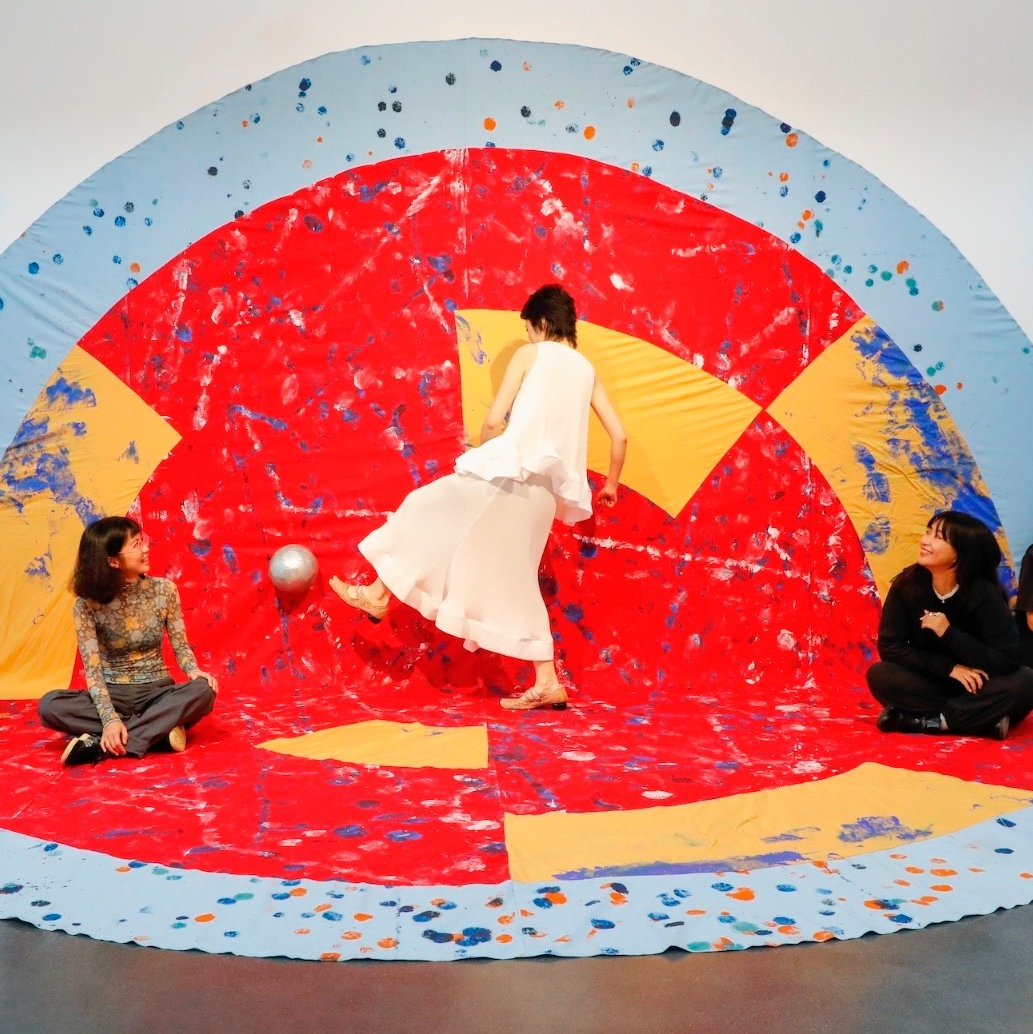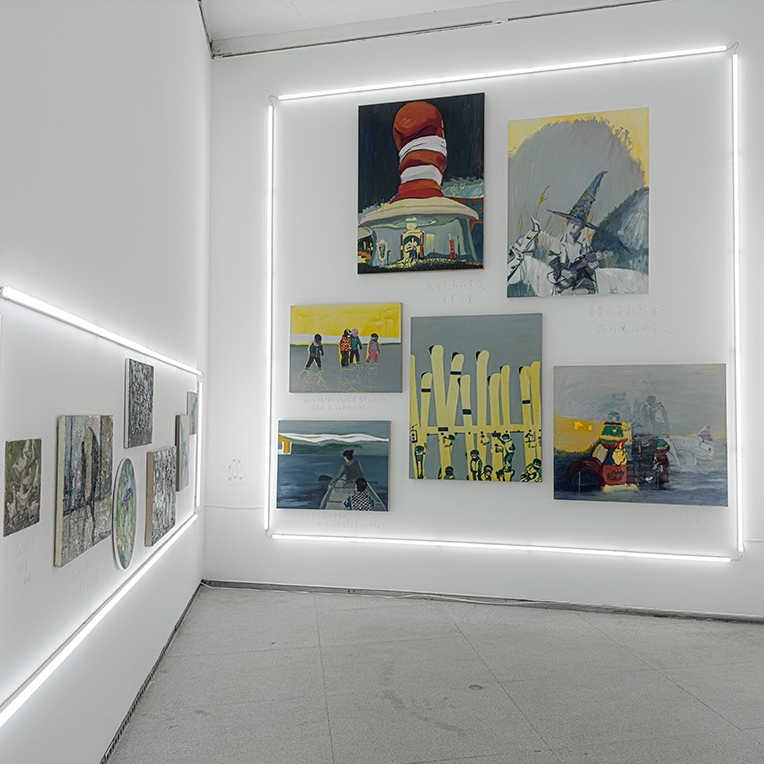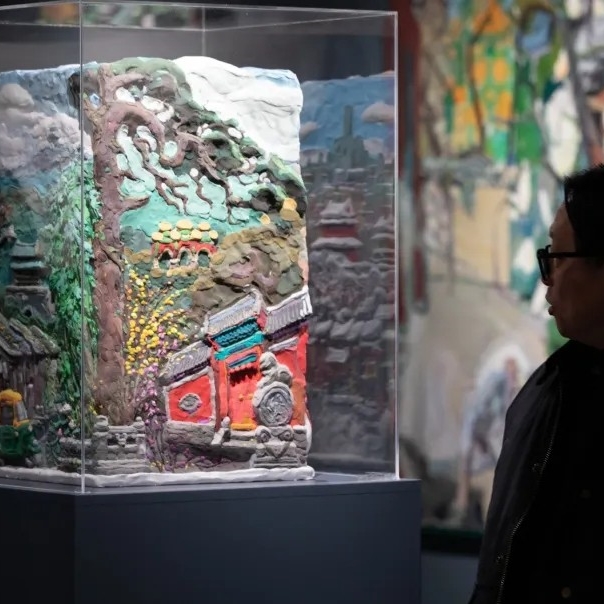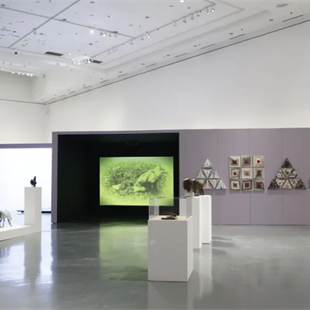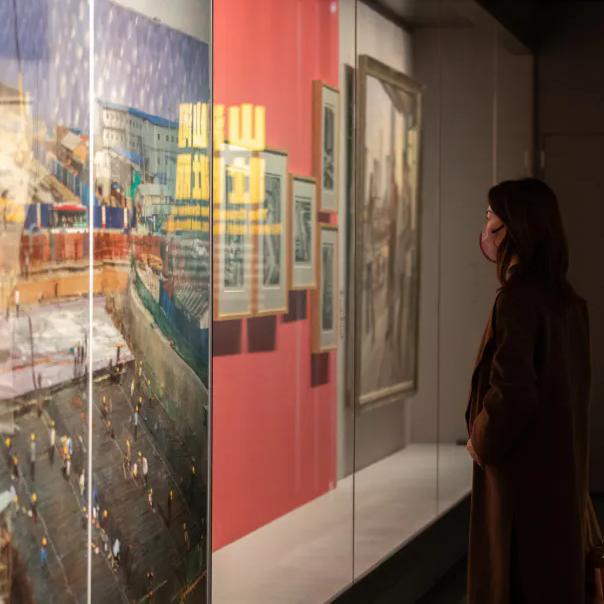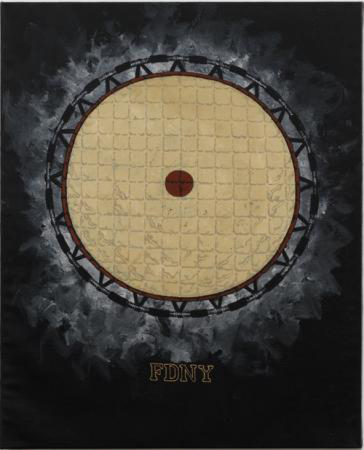
FDNY by Martin Wong, acrylic on canvas, 60 x 48, 1998, Courtesy of Danh Vo
Between these four artists, certain connections are documented or remembered. For instance, Hsieh appears in Ai’s photographs from this time, along with many other future Chinese cultural luminaries; Kwok provided critical assistance for Hsieh for his One-Year Performances; and Kwok also recalls meeting Wong at his Kwok Gallery, which he ran in Soho. New York in the 1980s and early 1990s represented an open time-space, which realized or incubated their artistic visions and imaginations. The artists’ New York years have been discussed in separate ways, and somewhat mythically, and this exhibition is an attempt to propose an alternative narrative to those that locate these artists in distinct and disparate contexts and disregard personal connections in favor of city or nation-specific histories. It proposes a possibility of thinking about a casual community, a network of acquaintances, and an underground economy that brought them together. This exhibition eschews an authoritatively historical stance and instead reveal the propositional and provisional nature of its endeavor in its structure and presentation. By doing so, it hopes not only to shed a new light on the work of each artist but also to suggest the possibility of thinking, transnationally and trans-discursively, about the art of this period—the first decade of contemporary Chinese art that was also a prelude to the widely celebrated, albeit problematically, era of globalization in contemporary art.
The exhibition includes select works by the artists from this period, along with various documents and archival materials, which together highlight their separate contexts and spaces as well as map their lives and possible encounters and connections between them. In addition, Danh Vo, who has contributed to the research on the work of Martin Wong, participates in the exhibition through a special project and contemporary dance curator Tang Fu Kuen organizes an artist intervention. The exhibition will be accompanied by a film program and a symposium.
“Taiping Tianguo” (Heavenly Kingdom of Eternal Peace) was the name of the domain in Southern China occupied by the Taiping Rebellion in the mid-19th century during the late Qing dynasty period. The rebellion represented a historic precedent of heroic revolution against a premodern, corrupt feudalism both for the Nationalists and the Communists in China. Without this historical specificity and politicized reading, the name was the inspiration for Wong’s posthumous exhibition in San Francisco in 2004, and here, it is borrowed as a metaphor for the time-space of New York in the 1980s and early 1990s, which was crucial in the lives and works of the four artists in this exhibition.
Courtesy of A Future Museum for China and Para/Site, for further information please visit www.para-site.org.hk.


